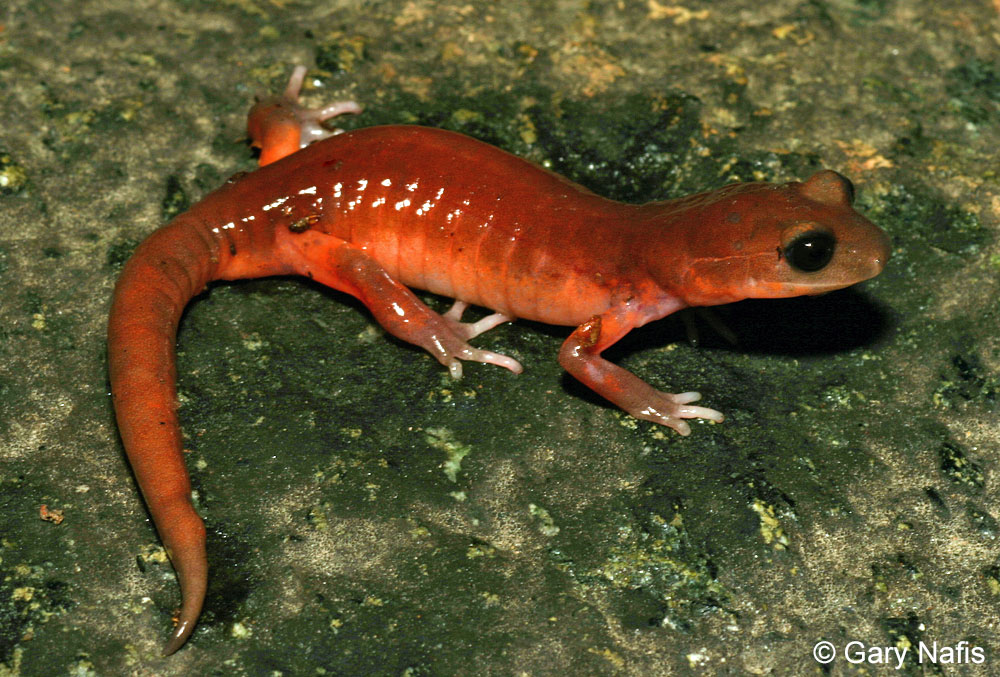A recent study on salamanders was conducted and published in the
Ecosphere journal by Michael Best and Hartwell Welsh. The article, titled “The trophic role of a
forest salamander: impacts on invertebrates, leaf litter retention, and the
humification process”, brings to light the idea that salamanders play a large
role in sequestering carbon. The study
focused on Ensatina eschscholtzii in the
woodlands of northern California and how it affects the amount of carbon being
released into the atmosphere via predation.
The salamander preys on insects and invertebrates that shred leaves,
creating leaf litter and ultimately releasing carbon into the atmosphere. With the woodland salamander present to prey
on the insects and invertebrates, the amount of leaf litter would decrease and
the carbon would be able to go into the soil instead of the atmosphere. The experiment was conducted during the four
winter months of two consecutive years and consisted of numerous field
enclosures set deep in the forest. Some
of the enclosures contained salamanders while others were a control without
salamanders. Invertebrate samples were
collected from the enclosures every 30 days and the leaf litter mass was
recorded every 120 days. Results show
that the enclosures with salamanders had an effect on the amount of
invertebrates; some groups of invertebrates decreased while others
increased. The leaf litter mass was also
dependent on salamanders present in the enclosure. It can be inferred from the results that 72.3
metric tons of carbon could be retained by this species during one season
instead of entering the atmosphere. This
research shows that salamanders play a large role in maintaining the
environment. Salamanders can help
prevent greenhouse gases from entering the atmosphere just through predation
and can ultimately make an impact on climate change. This information is valuable because we are
destroying the habitat of the salamander, which, in turn, is raising the amount
of carbon released. If we actively
protected the salamander and its habitat based on the fact that the salamander
greatly adds to carbon sequestration, we would also be protecting the
environment as a whole.

If you're interested in reading the whole article, click
here.


2 comments:
Yet another way in which these little ectotherms are ecologically important! It's amazing that a few salamanders can keep so much carbon out of the atmosphere.
I've been telling lots of people about this article's findings. Thanks for sharing!
Post a Comment